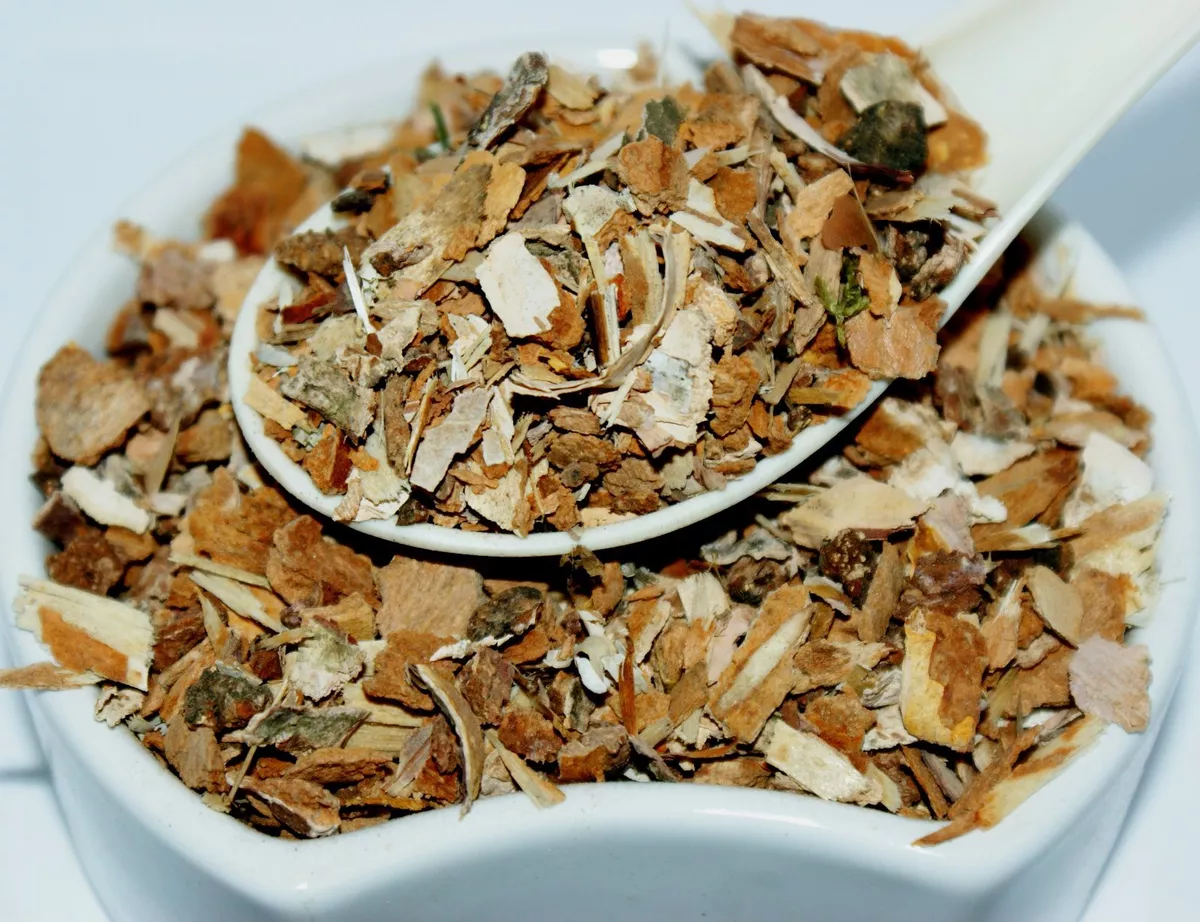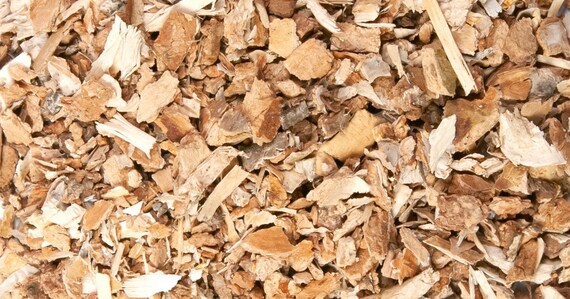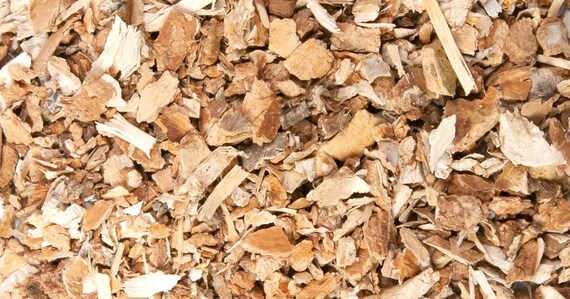What is Himalayan Birch?
Himalayan birch, which is also known as Bhojpatra or Bhurja, the perennial Himalayan birch (Betula utilis) is a member of the Betulaceae family of trees. It grows in neutral, essential and acidic soils. Originally from the Himalayas, the tree is currently found in China, Bhutan, Tajikistan, Afghanistan, India, Uzbekistan, Kyrgyzstan, Nepal, Kazakhstan and Pakistan. It was utilized for writing in the past. Because of its anti-dandruff properties, it also has cosmetic applications.
The therapeutic properties of Himalayan birch are numerous, and it is a unique source of phytochemical substances.
Medicinal properties
Bhojpatra has many medicinal properties that make it an ingredient in Ayurvedic medicines. It belongs to a group of herbs that are proven to be anti-diabetic. The bark of the tree is fragile and lightweight, like paper and is used in making medicines to reduce diabetes. One of the most important Ayurvedic medicines made with this herb is Ayas Kriti. It is also used to treat convulsions, bleeding, diarrhea, wound cleaning, earaches and mental illnesses.
Forms
When referring to Himalayan Birch (Betula utilis) as a dry herb, several forms and preparations can be utilized for herbal applications:

- Dried Bark: The inner bark can be harvested, dried, and cut into small pieces or ground into a powder. This form is often used in teas, tinctures, or as a powder in capsules.
- Dried Leaves: The leaves of the Himalayan Birch can be collected and dried. They can be used whole or crushed and are typically made into herbal teas or infused in oils.
- Dried Twigs: Young twigs can be harvested, dried, and used in herbal preparations. They can be steeped in hot water to create a decoction.
- Powdered Form: Both dried bark and leaves can be finely ground into a powder for easier consumption or incorporation into herbal blends and capsules.
- Infusion Bags: Dried leaves or bark can be packaged into tea bags, making it convenient for brewing herbal tea.
Medicinal Uses
Himalayan Birch (Betula utilis) offers several uses in herbal medicine, particularly in dry forms. Dried bark can be ground into powder or cut into pieces for teas, tinctures, and capsules, known for potential anti-inflammatory and diuretic properties. Dried leaves are steeped for herbal teas or infused in oils for skin health. Young dried twigs may be used in decoctions, while powdered bark and leaves can be included in herbal blends. Additionally, dried forms can be packaged into infusion bags for convenience. Overall, Himalayan Birch serves as a versatile herb with various health applications.
Health Benefits
Himalayan Birch (Betula utilis) is associated with several potential health benefits, particularly within traditional medicine. Here’s a detailed look at its key health benefits:
Anti-Inflammatory Properties
Extracts from Himalayan Birch, particularly the bark, are believed to possess anti-inflammatory effects. This makes it potentially beneficial for conditions such as arthritis, where inflammation of the joints causes pain and swelling. Some studies suggest that the bioactive compounds in the bark may help inhibit inflammatory pathways in the body.
Diuretic Effects
Himalayan Birch is traditionally regarded as a natural diuretic, promoting urine production. This can help in detoxification processes by flushing out toxins and excess fluids, potentially benefiting individuals with conditions like edema or high blood pressure. Increased urination may also aid in reducing the risk of kidney stones.
Skin Health

The bark and leaves of Himalayan Birch have been used for their antimicrobial and astringent properties. When applied topically, they may help treat various skin conditions, including rashes, infections, and minor wounds. The astringent qualities can assist in tightening skin tissues, promoting healing, and reducing inflammation.
Respiratory Health
In traditional practices, Himalayan Birch has been used to alleviate respiratory issues. The leaves and bark may help soothe coughs and support lung function, making them useful in treating colds, bronchitis, and other respiratory ailments. Herbal infusions can be consumed to harness these benefits.
Antioxidant Activity
Components found in Himalayan Birch, such as flavonoids and phenolic compounds, may exhibit antioxidant properties. Antioxidants help combat oxidative stress in the body, reducing cellular damage caused by free radicals. This protective effect may lower the risk of chronic diseases, including heart disease and certain cancers.
Digestive Health
The diuretic and anti-inflammatory effects of Himalayan Birch can contribute to digestive health. It may help alleviate bloating and discomfort while supporting overall gastrointestinal wellness. Traditional remedies often incorporate the leaves and bark in teas to promote digestive function.
Pain Relief
Traditional uses of Himalayan Birch include its application for pain relief, particularly for headaches, muscle pain, and joint discomfort. Its anti-inflammatory properties may provide a natural alternative for managing pain, offering relief without the side effects associated with some pharmaceutical medications.
Side Effects
While Himalayan Birch (Betula utilis) is associated with various health benefits, it may also have potential side effects and risks, particularly when used as a herbal remedy. Here are some possible side effects to consider:

- Allergic Reactions
- Digestive Issues
- Diuretic Effects
- Interactions with Medications
- Pregnancy and Breastfeeding Concerns
- Sensitivity to Sunlight
- Caution in Individuals with Existing Conditions




